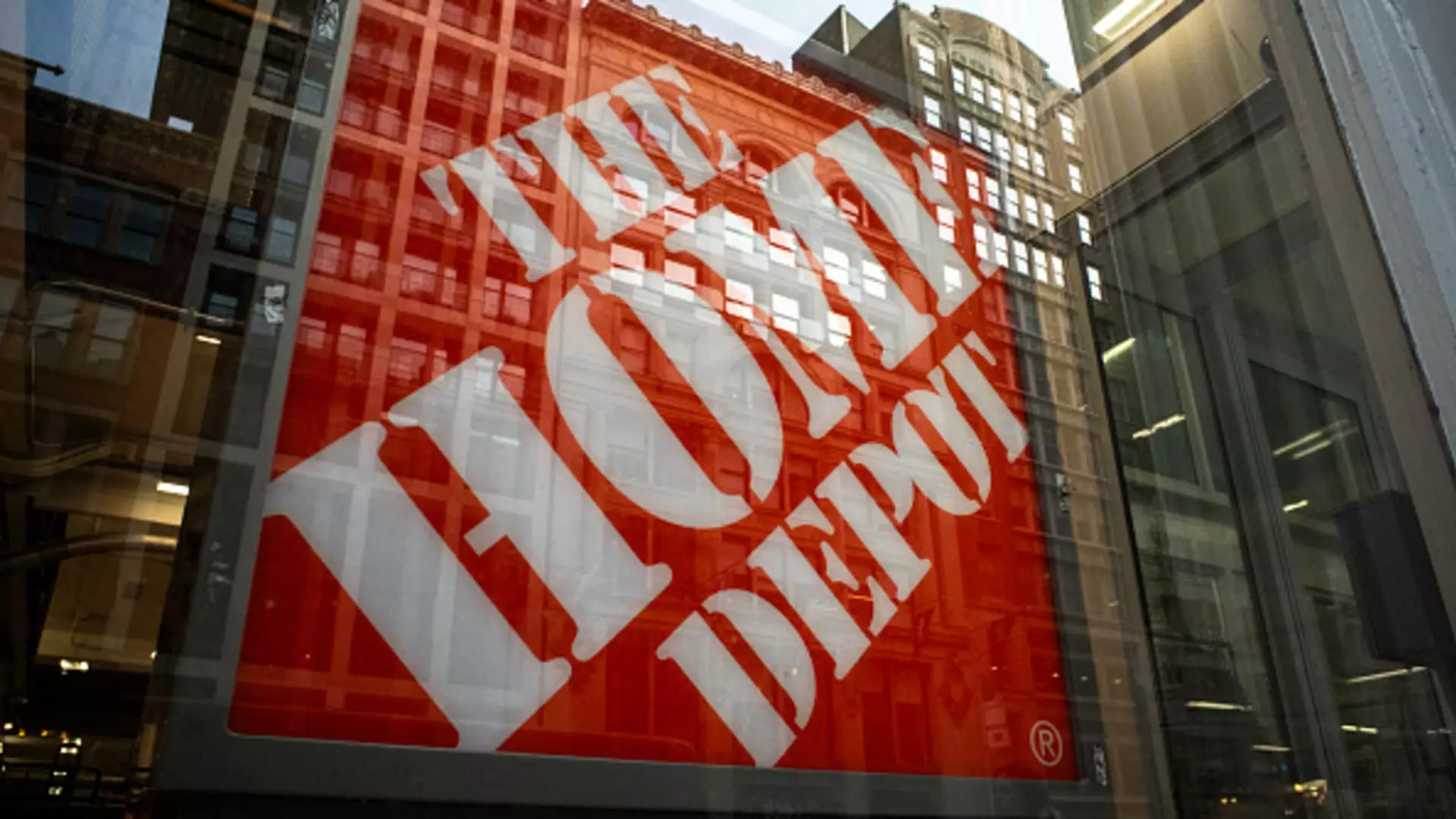The midday trading session paints a picture of a market teetering on the edge of uncertainty, with pronounced moves reflecting a landscape increasingly driven by volatility and shifting investor sentiment. The sharp decline in Viking Therapeutics’ stock—down by a staggering 42%—serves as a stark warning about overhyped biotech ventures and the dangers of uncritical optimism. This plummet underscores a broader suspicion about the biotech sector’s resilience, particularly when experimental therapies reveal more side effects than anticipated. Investors are becoming acutely aware that innovation in health sciences, while necessary, is fraught with regulatory, safety, and market risks that cannot be ignored.
Meanwhile, one must be wary of the seemingly confident rally in target sectors like workforce housing, evidenced by a 6% rise in Target Hospitality’s shares. Upgrades and optimistic target prices, such as Stifel’s elevation of its valuation from $7.50 to $11, often mask underlying vulnerabilities. This reflects how some investors chase seemingly lucrative opportunities based on incremental data and superficial optimism rather than comprehensive fundamental analysis. It suggests a market that is still overly optimistic about sectors long thought to be stable but now show signs of overextension.
The tech sector’s retreat, with giants like Nvidia, AMD, and Palantir experiencing notable declines, further signals a turning point. As profit-taking accelerates after a period of remarkable growth, it hints at a market cautiously repositioning ahead of potential economic headwinds. The decline in high-flying stocks exposes investor fatigue and the realization that unsustainable growth cannot persist indefinitely, especially amid macroeconomic tightening and geopolitical uncertainties. This current retracement reveals that even the most robust sectors are not immune to correction, reflecting a necessary recalibration rather than pure panic.
The Crypto and Tech Sectors: Echoes of Speculative Excess and Caution
The performance of crypto-related stocks—Strategy, Robinhood, Mara Holdings, and Riot Platforms—further exemplifies the current market mood. These stocks, linked to Bitcoin’s retreat of over 2%, have fallen sharply, underscoring the fragility of the speculative bubble that has powered much of the recent rally. The crypto sector’s decline demonstrates the thin line between innovation-driven growth and reckless speculation, a balance that seems to be tipping towards caution. This indicates that the crypto frenzy, while still alluring for certain investors, is increasingly viewed through a skeptical lens, revealing the veneer of resilience that often masks deeper vulnerabilities.
The broader technology landscape showcases a similar pattern, with a repricing driven by profit takers rather than fundamental concerns. Nvidia’s and AMD’s decline suggests that even the most innovation-driven tech companies are susceptible to a slowdown as investors reassess the sustainability of their growth trajectories. Simultaneously, Palo Alto Networks defies the overall trend, outperforming expectations, which highlights the divergence within the sector—some firms manage to buck the trend through solid fundamentals, while others suffer from overvaluation and cyclical weakness.
Strategic Shifts in Market Leaders: Opportunities Amid Adversity
Amid the chaos, notable corporate maneuvers like Intel’s strategic investment from SoftBank offer a glimpse into the long-term outlook of key players. The $2 billion infusion signals confidence in Intel’s future, possibly reflecting a belief that the semiconductor sector remains vital despite current setbacks. This move, coupled with reports that the U.S. government may consider taking a stake in Intel, suggests a recognition of the strategic importance of maintaining domestic chip manufacturing capacity amid rising geopolitical tensions.
Meanwhile, companies like Home Depot and Best Buy demonstrate resilience by expanding their offerings and opening new revenue streams, even as they navigate headwinds like missed earnings forecasts. The expansion of Best Buy’s third-party marketplace and Home Depot’s conservative outlook despite missing certain targets reveal a pragmatic approach—focused on adaptation and innovation rather than wishful thinking. These shifts underscore an underlying resilience in core consumer sectors, provided companies can adapt quickly and capture evolving demand.
As for the M&A landscape, the Nexstar-Tegna deal exemplifies the ongoing consolidation trend, a move driven by the need for operational efficiencies and scale in a disrupted media environment. Such transactions highlight how strategic positioning remains crucial in a rapidly changing market, with the optimism rooted in the belief that scale and diversification can provide a buffer against turbulent macroeconomic conditions.
This market snapshot is less about pure numbers and more about the subtle signals—indicators of a broader economic transition. The corrections, strategic investments, and sector rotations all point to an economy in flux. An investor attentive to these details recognizes that we are approaching a period where careful selection and skepticism trump complacency and optimism. While some sectors may temporarily falter, the underlying dynamics suggest a period of necessary realignment, with opportunities for those willing to look beyond the surface.

